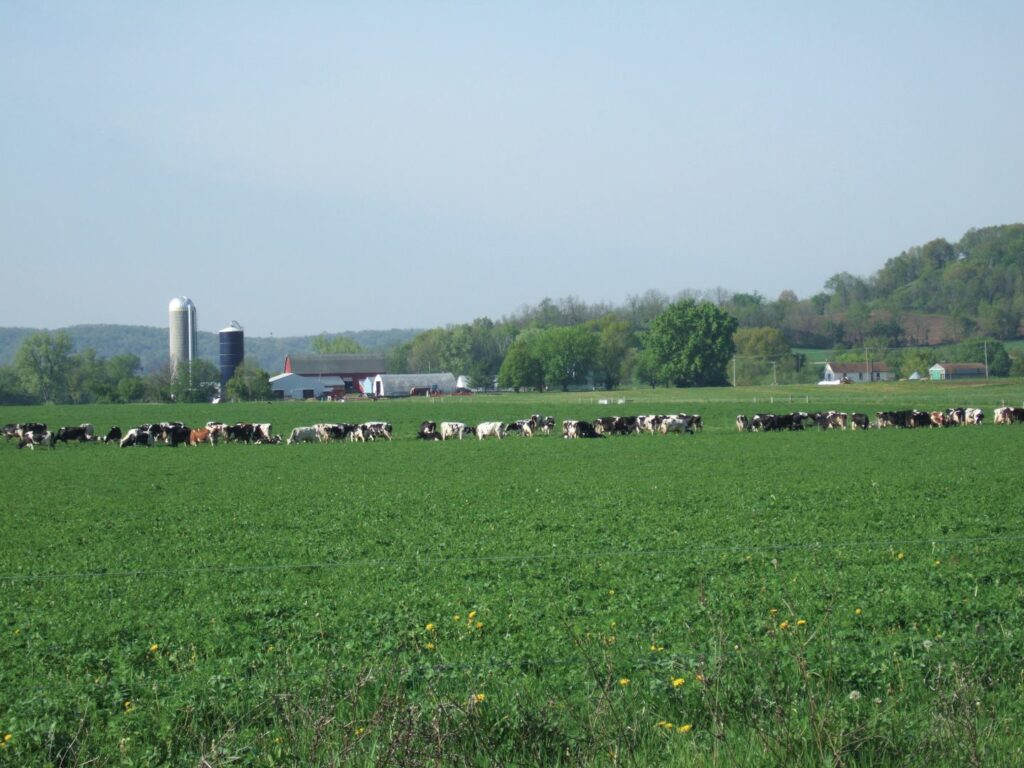Dear Farmer/Agribusiness person,
Spring is here again. Thanks to everyone who attended our winter meetings and visited with us at all the farm shows. We are certainly looking at a large growth in our business.
Now that land costs are so expensive, inputs are really high and prices, too, we as farmers get paid well (unless you’re buying). You can’t afford to let soil fertility be your limiting factor. I heard that over and over again: farmers all over the country are recognizing the situation and have the dollars and the opportunities to take advantage of the situation. I have also heard many times that we have all the latest modern, new technology in planting, application equipment, yet, with all these innovations, the fact is that we still use the same fertilizer materials that we used fifty years ago: NPK—all soluble, the cheapest per unit we can find, applied based on numbers, paying no attention to quality, balance, salt index, effects on soil, soil life or crop nutrition level and health. There must be something we are missing!
This being the year of Soil Health with NRCS, what does that mean? There are many points made– minimum disturbance of the soil, water infiltration, cycling of nutrients, no crust on the ground, living roots, plant diversity– those are all a part of soil health. For most farms just leaving soils alone does not fix it, that’s why zone or strip and vertical tillage is gaining in popularity. Shallow incorporation of residues and residue management is also essential. Look at the yield awards—not many strict no-tillers are winning them—there always seems to be some sort of intervention. On the other extreme, plowing every year probably won’t take you to the next level and keep you there, either. And in all this discussion, what about minerals? Not just having them show up on a soil test but getting them in the crop. Twenty plus minerals are now known to be essential for crop production. There are also known interactions between minerals, or in other words, ratios. Other considerations on minerals include the source, where you put them, the amount you use, following a planned program and monitoring it.
That’s where Midwestern BioAg comes in. We have been doing this for over 25 years, fertilizing all kinds of crops in all kinds of situations. BioAg got started growing better quality forages for dairy cows. Healthier, with more minerals, better digestibility and, if you fertilize for quality, you can’t stop the yield. We have blended and manufactured fertilizers with a whole new approach. We keep the pH down, have homogenized blends, add carbon, buffer them, balance not only the nutrients but solubility, from readily available to timed release for season long availability. We have also watched the salt levels, keeping them low so they can be placed in a row or zone being both friendly to roots and soil biology. For the last several years we have also been working with liquids, using molasses as the base and adding feed grade nutrients to it. This ‘row support’ fertilizer not only feeds soil biology but also gets the plant off to a great start, growing much better root systems. This year we are working on adding packages to the row fertilizer using root stimulants, unique plant extracts, chelated trace elements and biology—certain selected organisms to assist the plant. This fertilizer (nutrient) soil supplementation started out with looking for the minimums or limiting element, knowing it took a certain level of many nutrients to grow a good healthy crop. We at MBA just took this to a new level, always improving on the source and delivery. We also recognize that farming is a system, and it requires healthy soils.
We do need to deal with the physical and biological components of soils, as well as the chemical. I spent time at my winter meetings addressing ‘Constraints.’ What is keeping you from getting a higher yielding, healthier crop? If there are such limiting factors (and I’m sure there are for 95% of all farms I have ever visited) that you could eliminate and by doing so raise the bar to the next level of crop resiliency, quality and yield, why wouldn’t you? The question is, how do you find the constraints and how costly is it to remove them?
Give Midwestern BioAg a call; with the help of one of our consultants evaluate your farm and put together a better balanced fertilizer program (don’t forget plant exchangeable calcium).
Here’s hoping for a great growing season!
Kind regards,
Gary Zimmer

